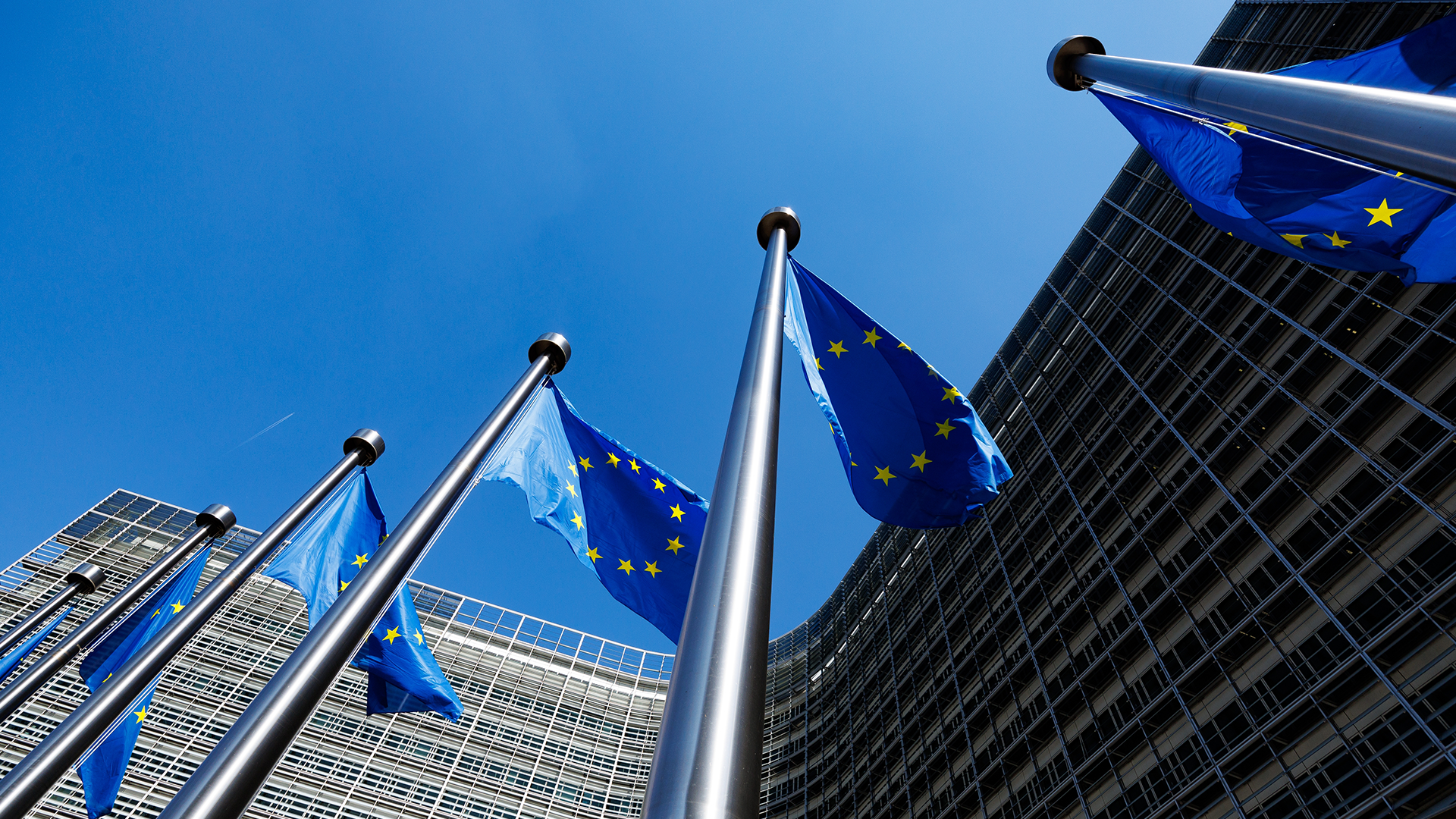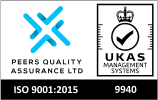The European Commission's upcoming Clean Industrial Deal represents a pivotal shift in the EU's approach to industrial competitiveness and decarbonisation. Based on discussions, this six-pillar strategy aims to position Europe as a clean-tech leader against China and the U.S. For businesses across engineering, energy, and technology sectors, this means not just adapting to policy changes but strategically building teams to capitalise on emerging opportunities.
Engineering: Building the Foundations of a Clean-Tech Future
What’s Changing?
The Deal aims to accelerate clean-tech manufacturing and infrastructure development. Key changes include:
Streamlined Permitting: Faster approvals for wind farms, hydrogen hubs, and grid projects under the Industrial Decarbonisation Accelerator Act.
Local Content Mandates: Public procurement will prioritise EU-made clean tech, such as low-carbon steel and batteries.
Skills Investment: A €4 billion fund to address a projected shortfall of 1.2 million engineers by 2030.
How Businesses Can Adapt
Upskill Existing Teams: Invest in training programs for engineers in renewable energy, hydrogen systems, and circular design.
Expand Manufacturing Capacity: Ramp up production of clean-tech components like electrolysers and EV batteries.
Leverage Digital Tools: Use AI and data analytics to optimise project timelines and reduce costs.
Where to Hire
Renewable Energy Hubs: Look for talent in regions with strong renewable energy sectors, such as North Sea countries (offshore wind) and Southern Europe (solar).
Engineering Schools: Partner with universities offering specialised programs in clean tech and sustainability.
Cross-Border Talent: Recruit from countries with advanced manufacturing expertise, such as Germany and Sweden.
Energy: Modernising Grids and Scaling Hydrogen
What’s Changing?
The Deal’s Action Plan for Affordable Energy focuses on:
Electrification: Increasing the EU’s electrification rate to 32% by 2030.
Renewables Expansion: Installing 100 GW of renewable capacity annually.
Hydrogen Infrastructure: Scaling production and storage to 10 million tonnes of renewable hydrogen by 2030.
How Businesses Can Adapt
Invest in Grid Modernisation: Develop smart grid solutions and energy storage systems to manage renewable energy fluctuations.
Pioneer Hydrogen Projects: Position your business as a leader in hydrogen production, storage, and distribution.
Adopt Flexible Energy Contracts: Use Power Purchase Agreements (PPAs) to secure long-term, stable energy costs.
Where to Hire
Energy Innovation Hubs: Target regions with strong energy innovation ecosystems, such as Denmark (wind energy) and the Netherlands (hydrogen).
Utilities and Grid Operators: Recruit experienced professionals from traditional energy companies transitioning to renewables.
Research Institutions: Partner with labs and universities specialising in energy storage and hydrogen technologies.
Technology: Driving Efficiency Through Digitalisation
What’s Changing?
The Deal emphasises digitalisation as a key enabler of industrial efficiency:
AI in Energy Systems: Optimising grid load balancing and predictive maintenance.
Cybersecurity Mandates: Stricter safeguards for digitised energy infrastructure under the Cyber Resilience Act.
Circular Tech: Using blockchain to trace recycled materials.
How Businesses Can Adapt
Integrate AI Solutions: Deploy machine learning to optimise energy use and reduce operational costs.
Enhance Cybersecurity: Invest in robust cybersecurity measures to protect critical infrastructure.
Develop Circular Tech: Use digital tools to track and maximise the reuse of materials.
Where to Hire
Tech Hubs: Focus on cities with strong tech ecosystems, such as Berlin, Stockholm, and Barcelona.
Cybersecurity Experts: Recruit professionals with experience in securing critical infrastructure.
Data Scientists: Hire talent skilled in AI and machine learning to drive efficiency gains.
Circular Economy: Redefining Material Sourcing and Waste
What’s Changing?
The Circular Economy Act aims to:
Recycle 25% of Critical Raw Materials: Reducing reliance on Chinese imports.
Boost Remanufacturing: Growing Europe’s circular market from €31B to €100B by 2030.
Limit Waste Exports: Restricting shipments of scrap metals to countries with export bans.
How Businesses Can Adapt
Redesign Products for Longevity: Focus on modular designs and easy-to-repair products.
Invest in Recycling Infrastructure: Build or partner with facilities to process critical raw materials.
Adopt Bio-Based Materials: Replace fossil-derived plastics with sustainable alternatives.
Where to Hire
Recycling Innovators: Look for talent in regions with advanced recycling industries, such as Belgium and the Netherlands.
Material Scientists: Recruit experts in bio-based materials and sustainable chemistry.
Supply Chain Specialists: Hire professionals skilled in circular supply chain management.
Global Partnerships: Navigating Trade and Talent Flows
What’s Changing?
The Deal’s Clean Trade and Investment Partnerships (CTIPs) aim to secure raw materials and export clean tech to emerging markets. Meanwhile, stricter FDI screening could impact cross-border talent flows.
How Businesses Can Adapt
Diversify Supply Chains: Reduce reliance on single-source suppliers by partnering with multiple regions.
Leverage Trade Agreements: Use CTIPs to access new markets and secure critical raw materials.
Build Global Teams: Recruit talent from regions with complementary expertise, such as the U.S. for AI and China for manufacturing.
Where to Hire
Emerging Markets: Tap into talent pools in regions like Southeast Asia and Africa, where clean-tech adoption is growing.
Trade Hubs: Recruit professionals with experience in international trade and supply chain management.
Global Talent Programs: Use initiatives like the EU Talent Pool to attract skilled workers from third countries.
Conclusion: Preparing for a Clean-Tech Future
The Clean Industrial Deal represents a transformative opportunity for businesses in engineering, energy, and technology. By understanding the potential changes and strategically hiring talent, businesses can position themselves as leaders in the clean-tech revolution.
Key Takeaways:
Focus on Skills: Invest in upskilling and hiring talent with expertise in renewables, hydrogen, AI, and circular design.
Target Innovation Hubs: Recruit from regions and institutions at the forefront of clean-tech innovation.
Build Global Networks: Leverage trade partnerships and global talent pools to stay competitive.
At Rise, we are eager to discuss how these insights can be integrated into your hiring strategy.
Email enquiry@risetechnical.de to find out more about we can help.












